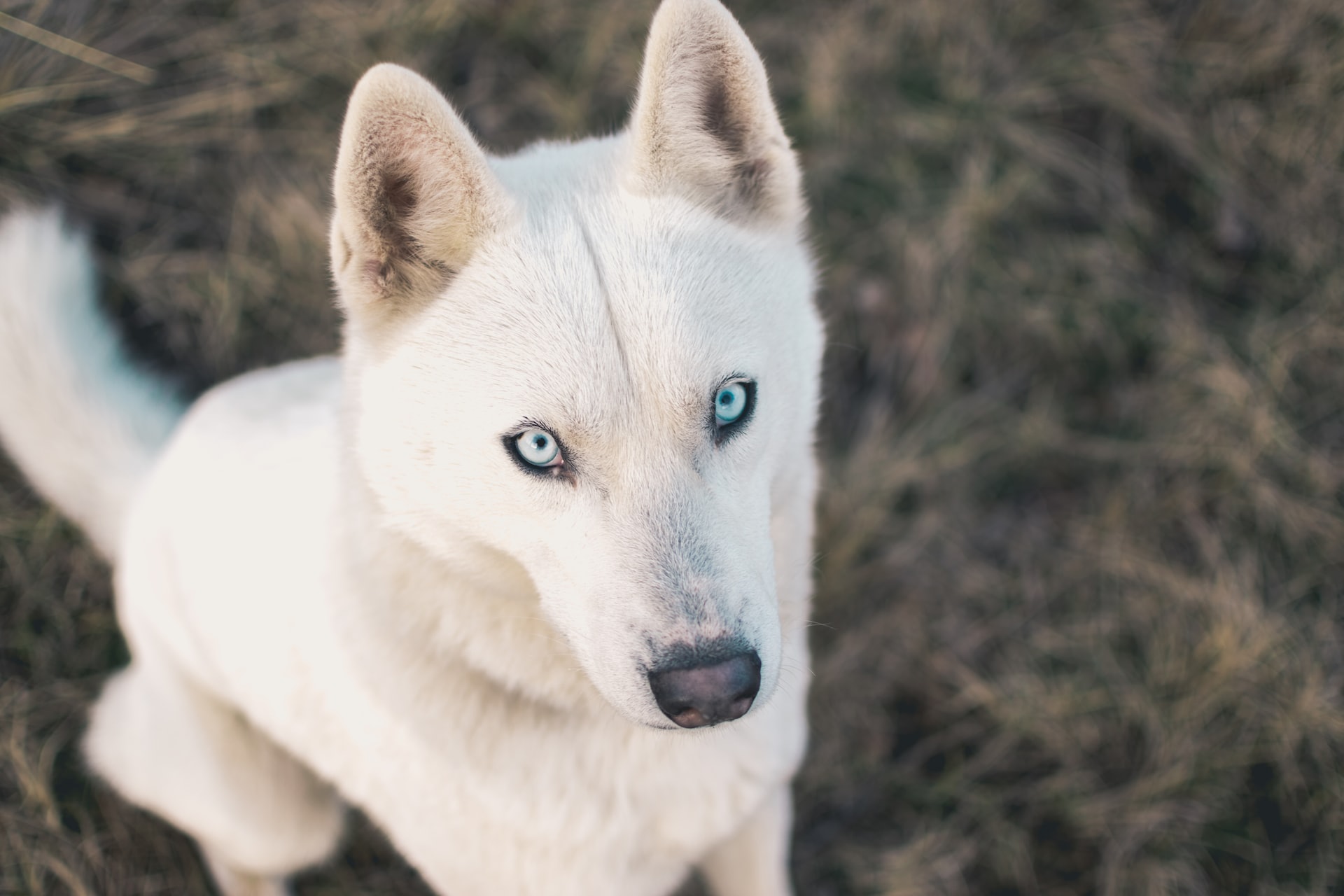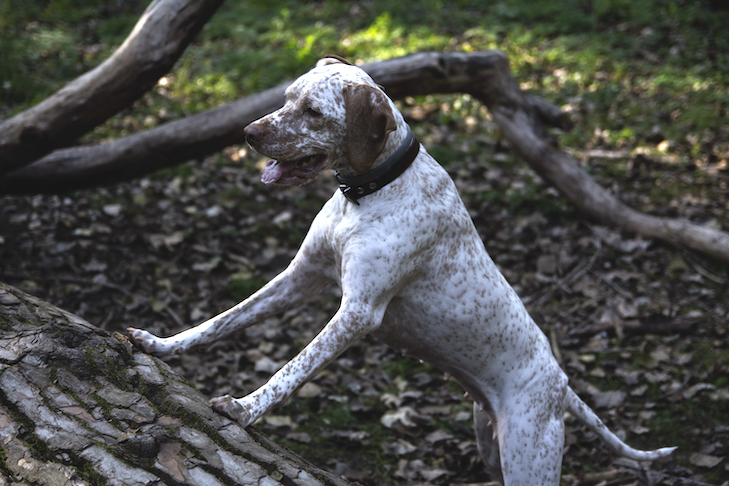 Most people think they know the answer to “Can dogs become colorblind?” But what if we told them that everything you’ve been taught about your dog’s sight is incorrect?
Most people think they know the answer to “Can dogs become colorblind?” But what if we told them that everything you’ve been taught about your dog’s sight is incorrect?
Signs of Dogs Seeing Colors

You may have ever seen your dog enjoy the yellow tennis ball, despite having a variety of colors. It could be because dogs are more sensitive to color. You dog will be drawn to toys with vibrant colors. Your dog will be more attracted to blues than yellows.
Dogs can’t see colors such as red, orange and pink. This can make it difficult for them not to recognize objects in these colors. If you throw an object into your yard that your dog can’t recognize, it might be that they have trouble finding it in the grass. This could be a sign that your dog doesn’t have the ability to see the full spectrum of colors.
Consider your dog’s color spectrum as if he were colorblind.
Your dog may not respond to objects that are in the same color as them. This could be a sign that your dog isn’t able to see certain colors. Dogs are very nearsighted so they won’t be able see the colors of a toy. It will blend into the grass.
You can also look at your dog’s favorite toys to find out how they see color. Is your dog fond of three toys that are identical in color? Your dog will likely choose the yellow or blue toy over the orange, red, or green one.
History of dogs being color blind

Back in 1937, the founder of National Dog Week Will Judy was the first to make the proclamation that dogs had poor vision. In his manual, Training the Dog, Judy wrote that dogs are likely to only see “varying highlights of black and gray.” He also said that they only saw general outlines and shape.
Other researchers believed in the 1960s that only primates could see color, like gorillas. Although there was very little research supporting this claim, it became a well-known belief that dogs were unable to see color.
However, research has increased in recent decades and revealed some fundamental differences between dogs and humans’ eyes. These differences can cause your dog to not be able to see all colors in the spectrum.
There are three types of cones in humans, while dogs have only two. The cone that allows dogs to see red and green is missing from their eyes.
Many people don’t know that dogs can see colors and that their dog understands what they see.
Science Behind Dogs’ Ability to See Colors

Remember how we mentioned that dogs and humans have different design structures? Let’s take a deeper look at those differences.
Dogs are naturally nocturnal hunters and have dark-adapted eyes. Dogs have a wider corneal and lens surface than humans, which helps them see at night better than humans.
The retina is the second major difference between your dog’s and your eyes. The retina is made up of rods and cones as well as ganglion cells. Rods are responsible for seeing in low light conditions, while cones and ganglion cells control color perception. Dogs only have two cones, whereas humans have three. Scientists believe that dogs lack the cones necessary to see green and red. Dogs can see different shades of yellow and blue, even though they don’t see all colors.
Many toys and other products for dogs are available in bright colors, which may make it more difficult for your dog to see. Your dog may confuse red, orange, pink, green with brown, gray or black, which could explain why they aren’t able to spot the toy you just dropped across their yard.
Training dogs to distinguish colors

You can’t really train your dog to see in color, but you could possibly train them to distinguish different colors from each other. But, this obviously only works with the colors that dogs can actually see.
Arthur J. Haggerty, author of “How to Teach Your Dog To Talk: 125 Easy to Learn Tricks Guaranteed for Both You and Your Pet”, explains how to teach dogs how to sort laundry using two laundry baskets.
One laundry basket contains white clothes, and the other has colored clothing. You could train your dog to sort your laundry by using the commands “white” or “colors”. Although this will not teach your dog how to distinguish between white and other colors it cannot see, it could help you teach your dog how to recognize the differences.
You can train your dog to sort by color if you feel confident. Although the above example was about laundry, your dog could be trained to pick up toys in other colors. This training should be successful as long as your dog doesn’t have to learn how to distinguish purple toys from red ones.
You should also consider other visual characteristics of your dog. Do not ask your dog to recognize colors from far away or in colors it does not see.
Understanding your dog’s perspective of the world will give you an insight you might not have had otherwise. Science has allowed us to learn more about other species, but it can’t give us the ability of understanding the minds and thoughts of animals. You can at least see your pet’s eyes and gain some insight.